The Classification of Fingerprints & Dermatoglyphics!

Fingerprint Types & Dermatoglyphics
The oldest models for classifying fingerprint types were probably presented at the end of the 18th century. But the significance of the so-called 'deltas' (triridii) was first described by Galton in the late 19th century. Below follows an overview of some milestones in fingerprint type classification.
The works presented by Purkinje, Galton, Midlo, and the F.B.I. represent milestones in the history of fingerprint type classification.
Jan Evangelista Purkinje (1787-1869), a Czech physiologist and professor of anatomy at the University of Breslau, published in 1823 a thesis discussing 9 fingerprint pattern types.

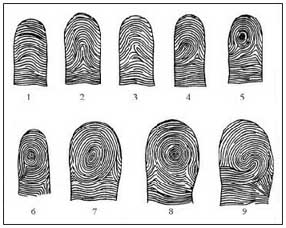
Sir Francis Galton (1822-1911), an English polymath and anthropologist, published a detailed statistical model of fingerprint analysis and identification and encouraged its use in forensic science in his book 'Finger Prints'.
Galton was the first who defined the three basic fingerprint types in terms of the number of 'deltas' - discriminating whorls (2 deltas) from: loops (1 delta), and arches (no deltas).
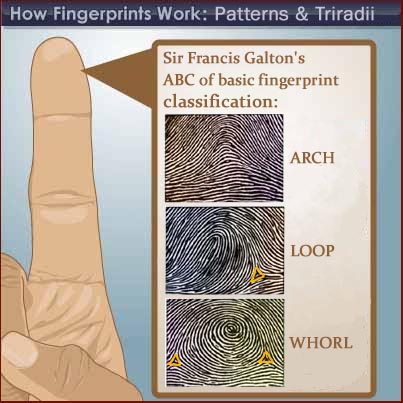

Dr. Harold Cummins (1894-1976) achieved world recognition as the "Father of Dermatoglyphics" or the scientific study of skin ridge patterns found on the palms of human hands. The findings of his lifetime studies and the techniques he developed, known as the Cummins Methodology, are accepted as important tools in tracing genetic and evolutionary relationships. The methodology has gained common usage in diagnosis of some types of mental retardation, schizophrenia, cleft palate and even heart disease.
In the book 'Finger Prints, Palms and Soles' (1943) he e.g. presented a 'family tree' of 39 fingerprint types (click on the image in order to see the details of this 'family tree').
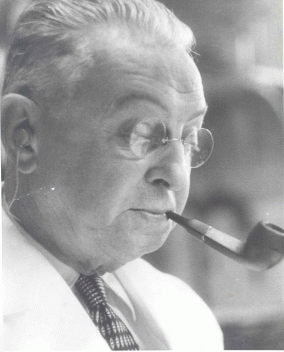

The American F.B.I. (Federal Bureau of Investigation) presented in 1985 the book 'The Science of Fingerprints', which describes 8 sub-groups of fingerprint types (based on Galton's 3 large general groups of ingerprint patterns). By 1946, the F.B.I. had processed 100 million fingerprint cards in manually maintained files; and by 1971, 200 million cards.
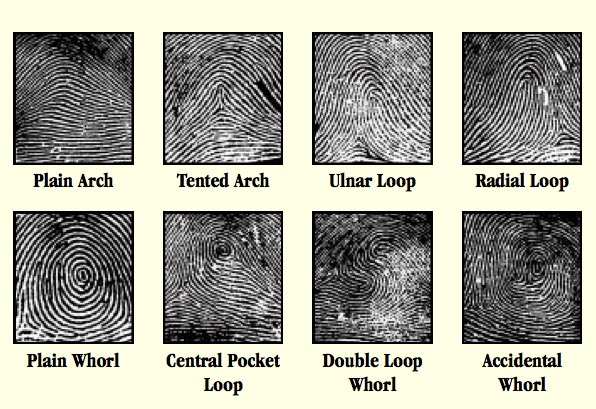

In 2016 a brand new approach became available which e.g. makes it possible to discriminate various types of radial patterns from ulnar patterns.
Some of the principles may appear to look new at first sight, but the detailed principles used to discriminate 'distal whorls' (most common) from 'proximal whorls' have actually been known since the days of Francis Galton when he presented his classic work 'Finger Prints' in 1892 (see plate 11 - fig. 17, between page 80 & 81).
The details involved with the new advanced approach featuring 18 different fingerprint pattern types are outlined inside the article:
'Fingerprints & Behavior: Advanced Explorations involving Personality & Temperament!'.
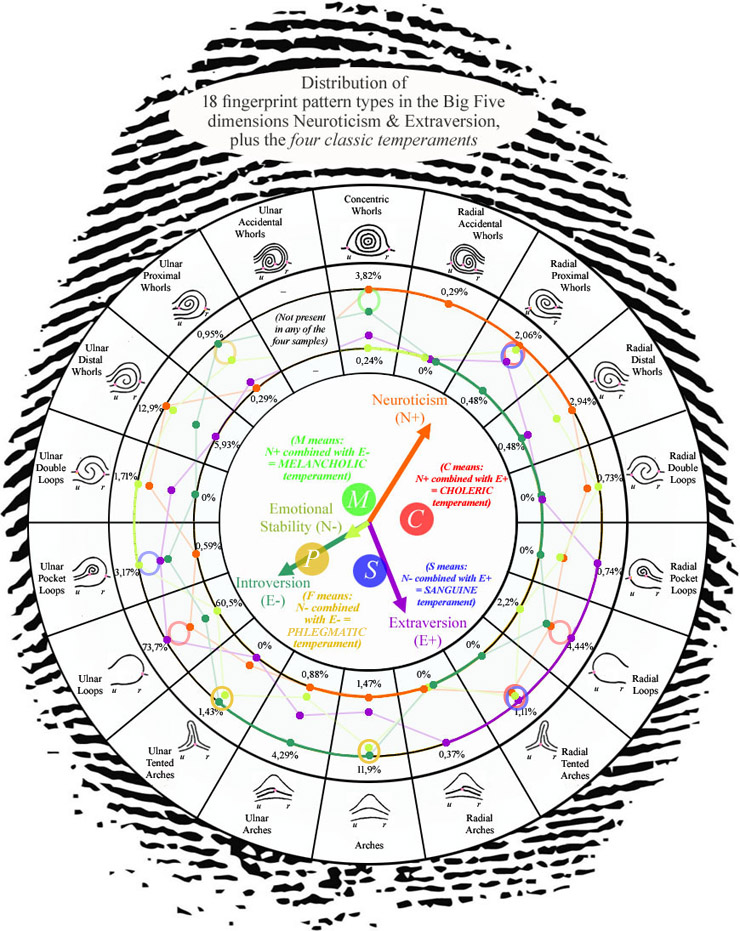
How do fingerprints relate to the sexes? ...more.
![]() FINGERPRINTS INDEX:
FINGERPRINTS INDEX:
INTRO: Fingerprint Distributions & Hand Diagnostics
• HISTORY of Fingerprints
• CLASSIFICATION of Fingerprints
• SEXE DIFFERENCES & Fingerprints
• ETHNIC DIFFERENCES & Fingerprints
• DISEASES & Fingerprints
• Fingerprints & BEHAVIOR!
• FINGERPRINT DISTRIBUTIONS on the 5 Fingers
• WORLD MAP of Fingerprints
• 10 Facts about radial loop fingerprints
• 10 Facts about arch fingerprints
• MORE NEWS about Fingerprints (+ Palm Dermatoglyphics)
• Dermatoglyphics Multiple Intelligence Test {Review]
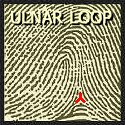
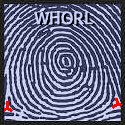
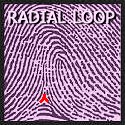
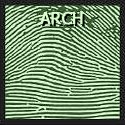
ULNAR LOOP - WHORL - RADIAL LOOP - ARCH
![]() FINGERPRINT DIAGNOSTICS:
FINGERPRINT DIAGNOSTICS:
• Fingerprints in DIABETES MELLITUS!
• Fingerprints in RHEUMATOID ARTHRITIS!
• Fingerprints in SCHIZOPHRENIA!
• Fingerprints in DOWN SYNDROME!
• Fingerprints in FRAGILE-X SYNDROME!
_(In autism 2% to 6% have Fragile-X syndrome!)
Video: from fingerprints to new biometrics
• The hand lines (palmar creases)
• The simian line
• The Sydney line
• The Hypothenar whorl
• What can finger length reveal?
• The 5th finger (pinky)
• The fingernail tutor

EARLY HAND DIAGNOSTICS:
& HANDS ON HEALTH CARE!!
Always be aware: even though fingerprints bare the potential to show significant clues for aspects of personality, diseases & syndromes, multiple perspectives of the hand need to be taken in consideration in order to make a well substantiated reliable assessment or diagnosis.
The no.1 rule in Multi-Perspective Hand Reading describes the fundamental major principle where scientific hand reading begins: